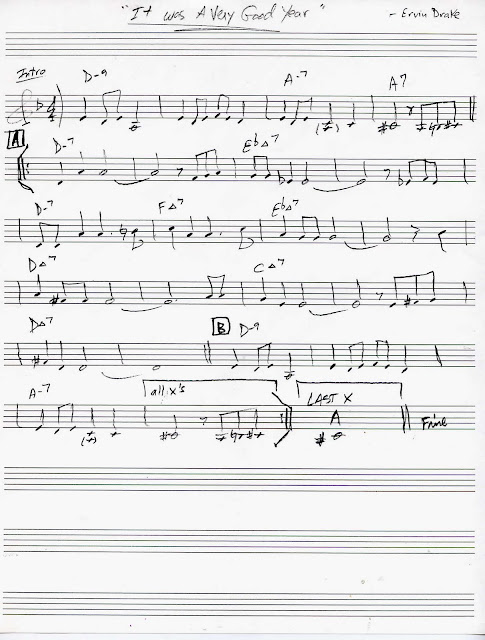johnporter
Tele-Meister
I 'get' the whole number thing but really, isn't this a lot more concise? ...

Yes much more concise.
However, If for whatever of many reasons you need to change keys.
How long would it take someone to re-write that & hand a copy to each member of a ?multi-piece? band?
NNS charts do not have to be re-written.

